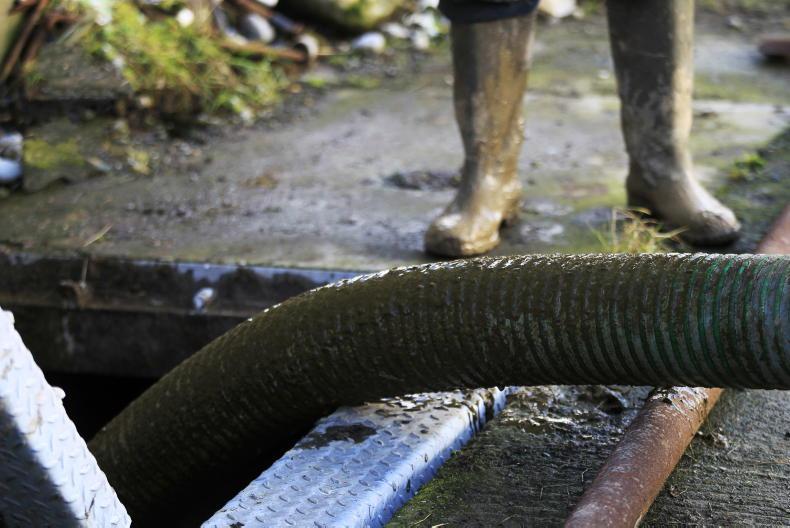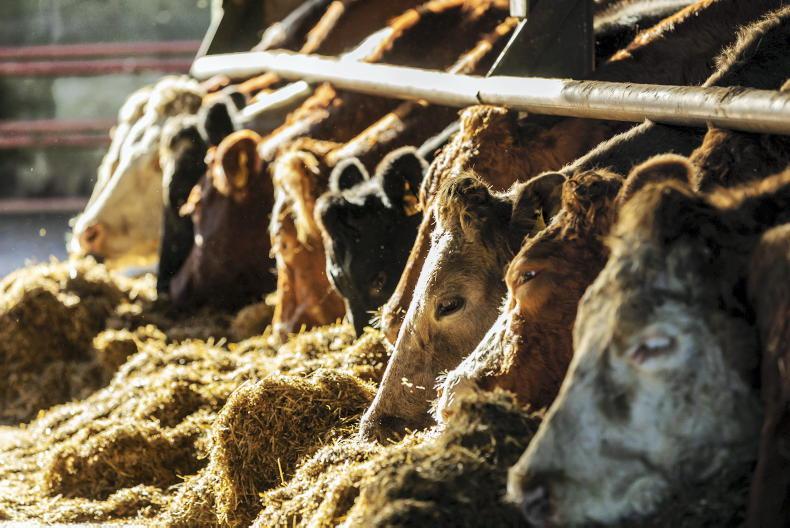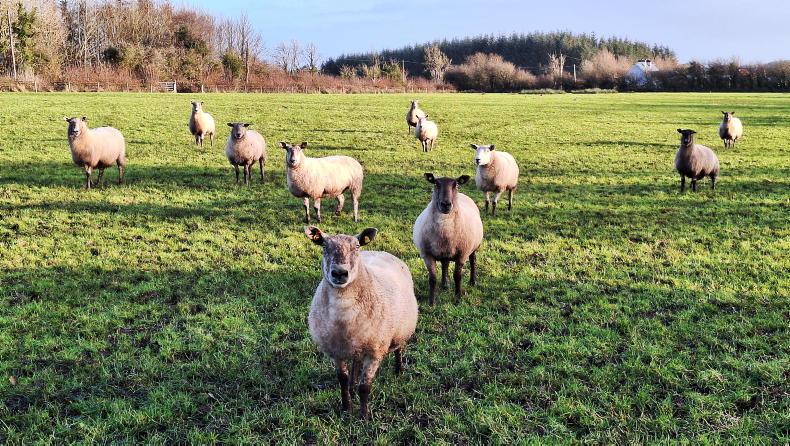To go from a drought to some rivers bursting their banks and flooding fields is barely believable, but that is precisely what has happened. Drier soils that suffered the worst during the drought have soaked up rainfall well, and are now really kicking off in growth – or at least holding their own. Those in the western half of the country, on some heavier soils, are seeing ground conditions become sticky underfoot.
At this point, it’s not a major concern as farms will still have some dry ground to go to and growth rates are still solid. While it’s best to try to prevent damage as much as possible by offering shorter breaks and back-fencing, one thing farmers need to be mindful of is rehousing in current weather conditions. Warm, humid weather and wet cattle going into a shed is a recipe for pneumonia and other issues, especially in younger stock.
Mark Maxwell, Ballinagore, Co Westmeath
Ground has been able to take the rain fairly well, so grazing conditions are still fine. Some fertiliser was spread when the weather broke three weeks ago, and since then we havr been following stock with slurry spread with LESS.
Second-cut silage ground received three bags/acre of cut sward, with the plan being to mow this at the end of July/early August. I’ve also earmarked some additional paddocks for silage, with these set to receive one and a half to two bags/acre of cut sward and a light cut taken from these. This is to top up fodder reserves. We grazed paddocks tight during the drought, and as a result have done very little correcting, with an excellent-quality sward in front of stock.
System : Suckler to finishing
Soil type: Variable
Farm cover (kg/DM/ha): 584
Growth (kg/DM/ha/day): 40
Demand (kg/DM/ha/day): 43
Stephen Frend, Newford herd, Co Galway
Growth has slowed back a shade now, although ground is holding up fairly well to the rainfall. Some damage was seen at gaps last Friday and Saturday after the torrential rain, but bar that grazing conditions are okay. We are hoping to get second-cut silage completed in the next 10 days. A delay in this might mean we run the risk of being tight for grass in August/September. A round of urea went out last week to help push on growth. We will start mealing the finishing stock soon, with the planned first draft of cattle to be mid-August. This should also help to lower our demand a little. Cows and calves were weighed for SCEP this week, with calves averaging 1.3kg daily liveweight gain from birth.
System: Suckler to finishing
Soil type: Variable
Farm cover (kg/DM/ha): 793
Growth (kg/DM/ha/day): 36
Demand (kg/DM/ha/day): 61
Wesley Brown, Dunraymond, Co Monaghan
Grass is growing surprisingly well, though ground conditions are worrying. We are seeing wetter spots in fields, when usually these wouldn’t be an issue for another two to three months. I will hopefully be mowing second-cut silage this evening (Wednesday). It’s really high-quality stuff that I intend to feed to weanlings, so allowing it to continue growing for another week is only going to see quality drop drastically. Recently, 45 acres of ground has received 2t lime/acre. I am following cattle with 22kg protected urea/acre, leaving a week’s gap between spreading the lime and then following with the urea. Breeding is set to finish up at the end of this month, and over all I’m really happy with how it went.
System: Suckler to finishing
Soil type: Heavy
Farm cover (kg/DM/ha): 812
Growth (kg/DM/ha/day): 56
Demand (kg/DM/ha/day): 41










SHARING OPTIONS